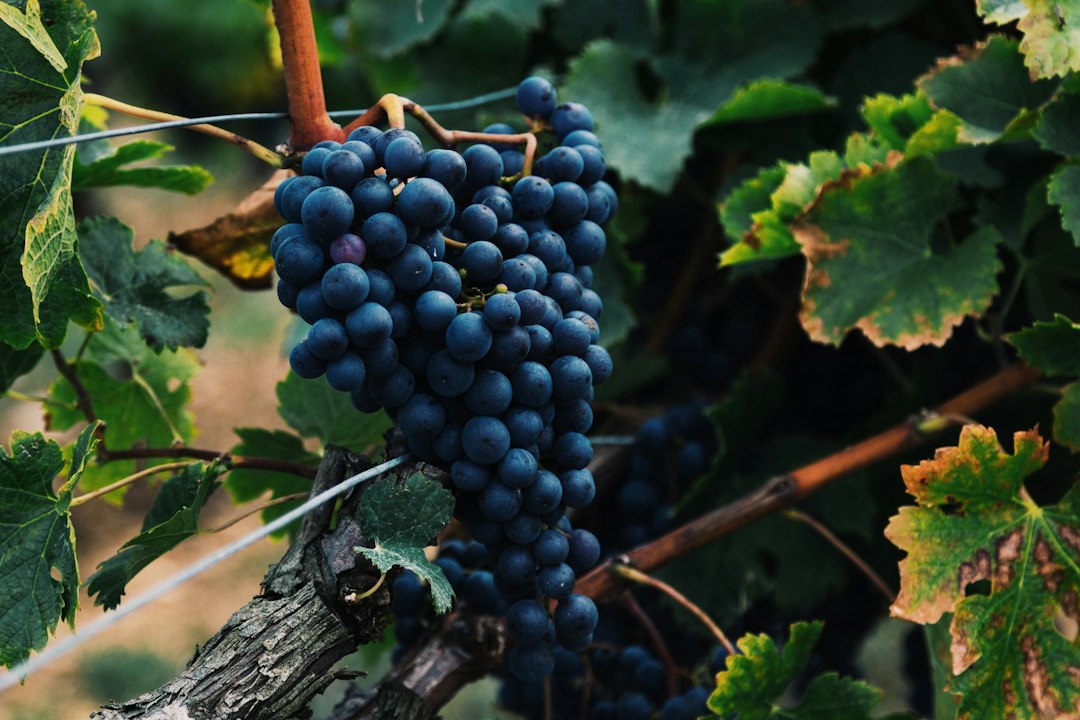
The Role of Climate in Vineyard Management
Share
Understanding the intricate relationship between climate and vineyard management is crucial for the success of any wine-growing endeavor. The climate not only shapes the character of the wine but also dictates the viticultural practices that vineyard managers must adopt. Weather patterns, temperature fluctuations, and microclimates all play a significant role in vine growth and ultimately, the quality of the wine produced. In this detailed exploration, we will delve into the various ways climate impacts vineyard management and the steps that can be taken to mitigate risks and capitalize on the benefits that specific climatic conditions can offer.
The Influence of Temperature on Vine Growth
The Importance of Growing Degree Days (GDD)
Temperature is one of the most critical factors in vineyard management, as it directly affects the physiological development of grapevines. Growing Degree Days (GDD) is a measure used to estimate the growth and development of plants during the growing season. It is calculated by taking the average of the daily maximum and minimum temperatures compared to a base temperature, usually 10°C for grapevines, which is considered the threshold below which vines will not grow.
Regions with higher GDD tend to have a longer growing season, allowing grapes to fully ripen and develop complex flavors. Conversely, areas with lower GDD may struggle to achieve full ripeness, leading to wines with higher acidity and less pronounced fruit characteristics. Vineyard managers must understand their region's GDD to select grape varieties that are well-suited to their climate and to time vineyard operations such as pruning and harvest.
The Impact of Frost and Heat Waves
Frost can be devastating for vineyards, particularly when it occurs during budbreak or flowering, which can significantly reduce yields. To combat frost, vineyard managers might employ methods such as wind machines, heaters, or even water sprinklers to protect the vines.
Heat waves, on the other hand, can lead to sunburn on grapes, dehydration, and overly rapid sugar accumulation, which can result in unbalanced wines with high alcohol content and low acidity. To mitigate heat stress, vineyard managers may use shade cloths, increase irrigation, or adjust canopy management to provide more shade to the fruiting zone.
Precipitation Patterns and Vine Health
Dealing with Drought and Irrigation Strategies
Drought poses a significant challenge in many wine regions, leading to water stress that can impede vine growth and fruit development. In response, vineyard managers must employ efficient irrigation strategies. Drip irrigation is a common method that delivers water directly to the vine's root zone, reducing waste and preventing the growth of weeds.
On the flip side, excessive rainfall can promote fungal diseases and dilute grape flavors. In particularly wet climates, vineyard managers might plant vines on slopes for better drainage, use cover crops to absorb excess moisture, and apply organic or synthetic fungicides to protect against disease.
The Role of Humidity in Vineyard Disease Pressure
Humidity greatly influences the prevalence of vineyard diseases such as powdery mildew and botrytis. These diseases thrive in moist conditions and can significantly impact grape quality and yield. To manage humidity, vineyard managers often implement canopy management practices to improve air circulation around the grape clusters. Proper row orientation and vine spacing are also crucial in reducing disease pressure by allowing sunlight to penetrate the canopy and dry out the vines.
Wind and Its Effects on Viticulture
Pollination and the Dispersal of Pathogens
Wind plays a dual role in vineyards. It can aid in pollination and the natural thinning of grape clusters, which is beneficial for grape quality. However, strong winds can also damage vines, desiccate grapes, and increase evaporation rates, necessitating more frequent irrigation.
Moreover, wind can either help or hinder disease management. Breezy conditions can prevent the establishment of fungal diseases by keeping the vine canopy dry, but they can also disperse pathogens to previously uninfected areas. Strategic placement of windbreaks and careful monitoring of wind patterns are essential for effective vineyard management.
Vine Training and Trellising Decisions
Vine training and trellising systems are often designed with wind patterns in mind. In windy regions, low-trained vines with sturdy trellising systems can minimize damage. Some vineyards may opt for open canopy systems to reduce wind resistance, while others may choose more sheltered training systems to protect the fruit.
Sunlight Exposure and Grape Ripening
The Balance of Sunlight and Shade
Sunlight is essential for photosynthesis and the development of sugars and flavors in grapes. However, too much direct sunlight can lead to sunburn and excessive sugar accumulation, resulting in unbalanced wines. Vineyard managers must find the right balance of sunlight and shade through canopy management, ensuring adequate light exposure without overexposing the grapes to harsh sunlight.
Orientation and Slope of Vineyard Plantings
The orientation and slope of vineyard plantings can significantly affect the amount of sunlight the vines receive. North-south oriented rows in the Northern Hemisphere (or south-north in the Southern Hemisphere) maximize sunlight exposure throughout the day. Sloped vineyards can also benefit from increased sunlight and air drainage, reducing disease pressure and promoting even ripening.
The Microclimate Within the Vineyard
Understanding and Utilizing Microclimates
Microclimates are small-scale climate variations within a vineyard that can result from differences in elevation, soil type, and vegetation. These variations can have a profound impact on grape quality and require vineyard managers to adapt their practices to each specific area. For instance, cooler microclimates may be suitable for growing grapes for sparkling wines, while warmer pockets might be better for ripening late-harvest varieties.
Adapting Viticultural Practices to Microclimates
To take advantage of microclimates, vineyard managers might plant different grape varieties, adjust pruning techniques, or alter row orientation to suit the specific conditions of each area. For example, in cooler microclimates, more vigorous canopy management might be necessary to ensure adequate sunlight and air circulation.
Climate Change and Future Vineyard Management
Anticipating and Adapting to Changing Conditions
Climate change is presenting new challenges to vineyard managers, with shifting weather patterns, increased temperatures, and more extreme weather events. Anticipating these changes is crucial for the long-term sustainability of vineyards. Managers may need to consider planting heat-tolerant grape varieties, investing in water-saving technologies, or even relocating vineyards to more suitable climates.
The Role of Research and Innovation
Continuous research and innovation are essential in adapting vineyard management to climate change. New grape varieties, rootstocks, and viticultural techniques are being developed to cope with warmer temperatures and water scarcity. Vineyard managers must stay informed about the latest advancements and be willing to experiment with new practices to ensure the future success of their vineyards.
In conclusion, climate plays a pivotal role in vineyard management, influencing every aspect of grape growing and wine production. By understanding and responding to the unique climatic conditions of their region, vineyard managers can enhance the quality of their grapes and the wines they produce. As the climate continues to change, adaptability and innovation will be key to thriving in this ever-evolving industry. For those interested in further exploring the nuances of wine production, consider reading about the art of blending aged wines or the popularity of Cabernet Sauvignons.



